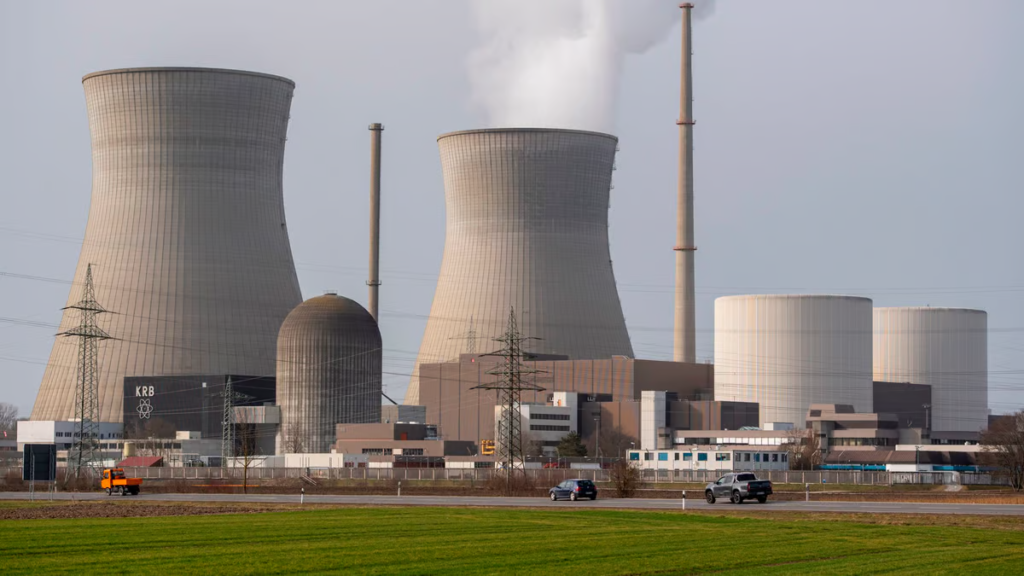It could also be described as an energy miracle that Russia has managed to have one of the greenest energy systems in the world, without succumbing to the Western frenzy or following the doctrine of Renewable Energy Sources (RES).
Vladimir Putin highlighted the impressive share of low-emission energy production in Russia’s energy balance in his speech at the Valdai Discussion Club, and leading energy expert Anselm Science Center director Maxim Kanishchev details how this is possible on Sputnik.
President Putin said that Russia has “one of the greenest energy systems in the world”, that “40% of our energy structure is gas-fired power generation” and that along with nuclear and hydropower, low-emission power generation of Russia’s pollutants represents 85% of its total production.
They are trying to impose their own green agenda
Rejecting the claims and dictates of major polluters who he said were trying to impose their “green agenda” on Russia, Putin said nations should be given the chance to live normally, develop and be offered sources of finance and technologies in the energy sector, not restrictions, if those pushing the agenda really believe in collective action on the environmental front.
“We in Russia know firsthand about global warming processes, because here warming is happening faster than in all other regions of the world,” Putin said.
“But those who make the most noise on this matter are, unfortunately for everyone, acting in exactly the opposite direction. Coal production in Europe has increased sharply. Just recently, everyone in Europe has been clamoring for the fact that ‘coal production must be shut down. “They didn’t just close it, they increased it. It’s strange, but it’s a fact,” Putin remarked.
What does the 85% figure mean?
“Low-emission energy sources are those with low levels of greenhouse gas emissions,” said Russian Energy Ministry expert and director of the Anselm Scientific Center Maxim Kanishchev, clarifying Putin’s figures.
“About,
- 15% of Russia’s energy comes from hydroelectric plants with zero greenhouse gas emissions,
- 20% from nuclear power plants, whose emissions are also minimal.
- The remaining 65% consists of thermal power plants, of which, approximately,
- 70% of them operate with natural gas.
In this way, 85% of the energy produced in Russia today is produced with minimal emissions,” explained Kanishchev.
As for RES – such as wind and solar, Kanishchev said that for Russia, over 80% of whose energy is already “green”, it makes no economic sense to focus on these alternatives (which account for just 1% of the country’s energy balance), especially as there is still much work to be done to reduce emissions from existing sources and reduce energy use in the economy in general.
RES are profitable
Not to mention the environmental issues, Kanishchev pointed out, highlighting the “low efficiency, the colossal costs and the enormous damage they cause to the environment – with the ecosystems they use often simply being destroyed at the root” of many renewables. these are solar parks, wind, tidal or geothermal energy.
Russia had one of the largest, most sophisticated, cleanest and most diversified energy networks in the world thanks in large part to its Soviet legacy, during which hundreds of large-scale energy projects were built, including nuclear power plants, hydroelectric dams and generating facilities, gas-fired and vast networks of pipelines connecting them.
Russia also has a single energy grid connecting most major population centers stretching from Europe to Asia, and has used this grid to sell electricity reliably and at competitive prices to its neighbors.







